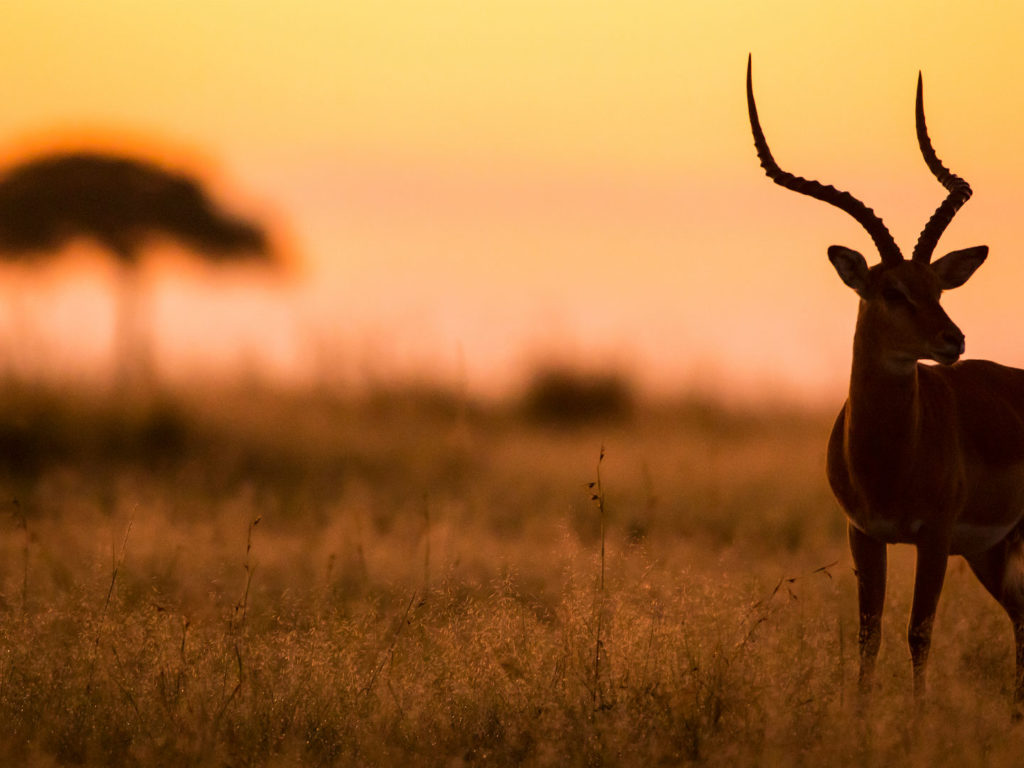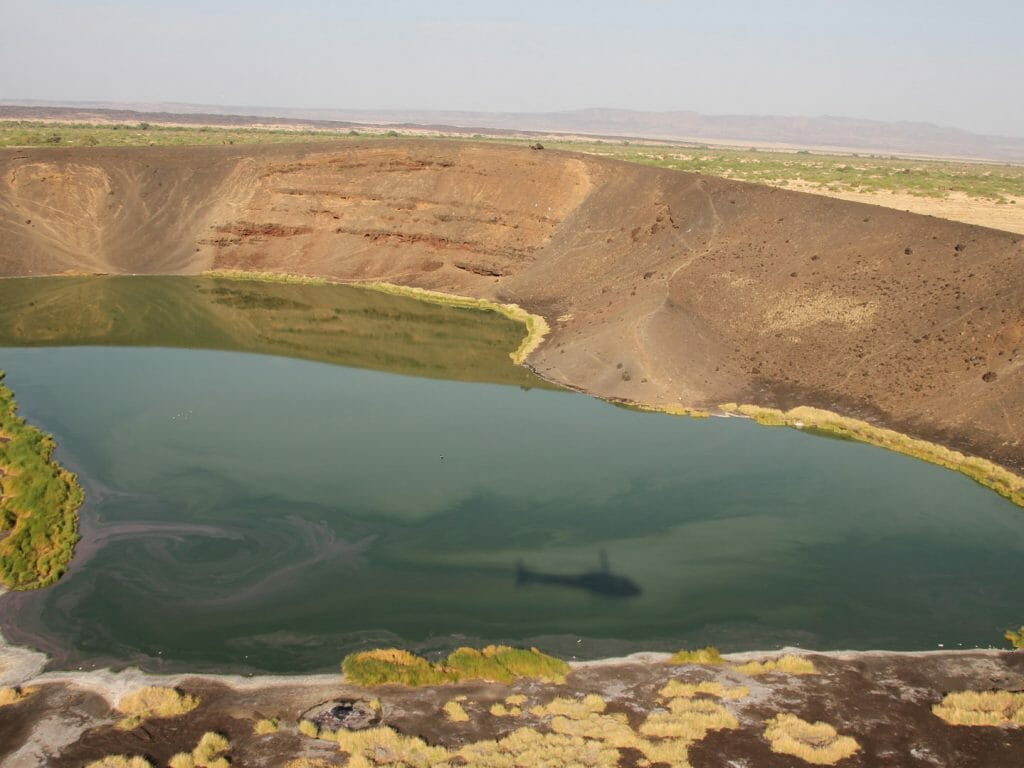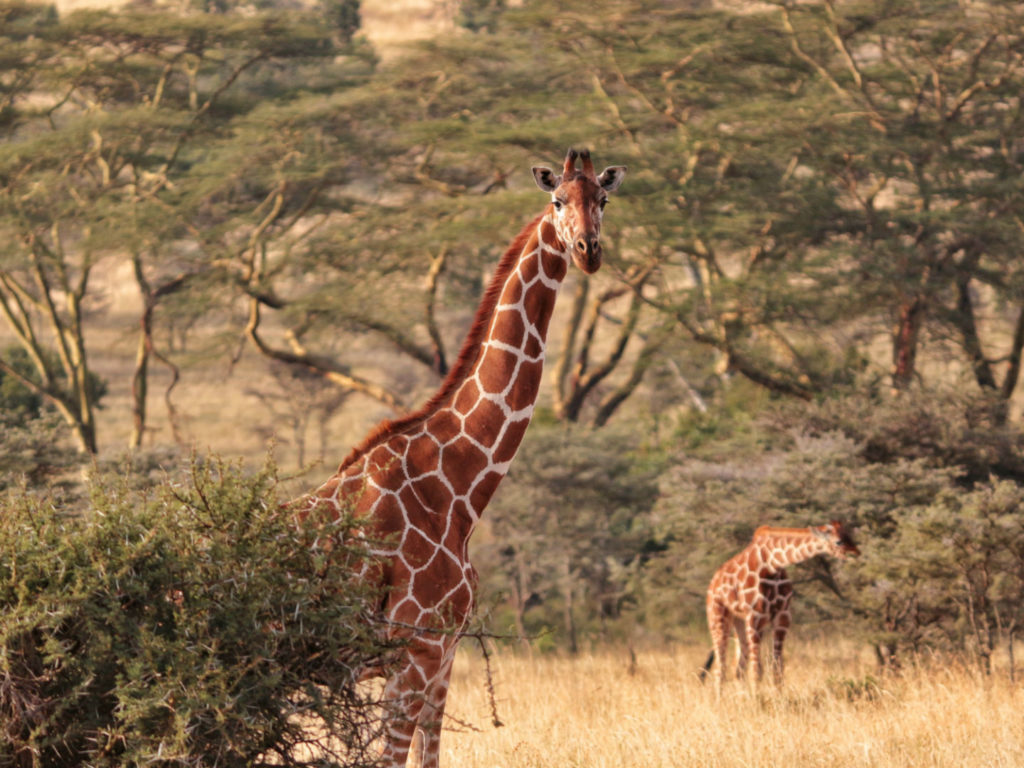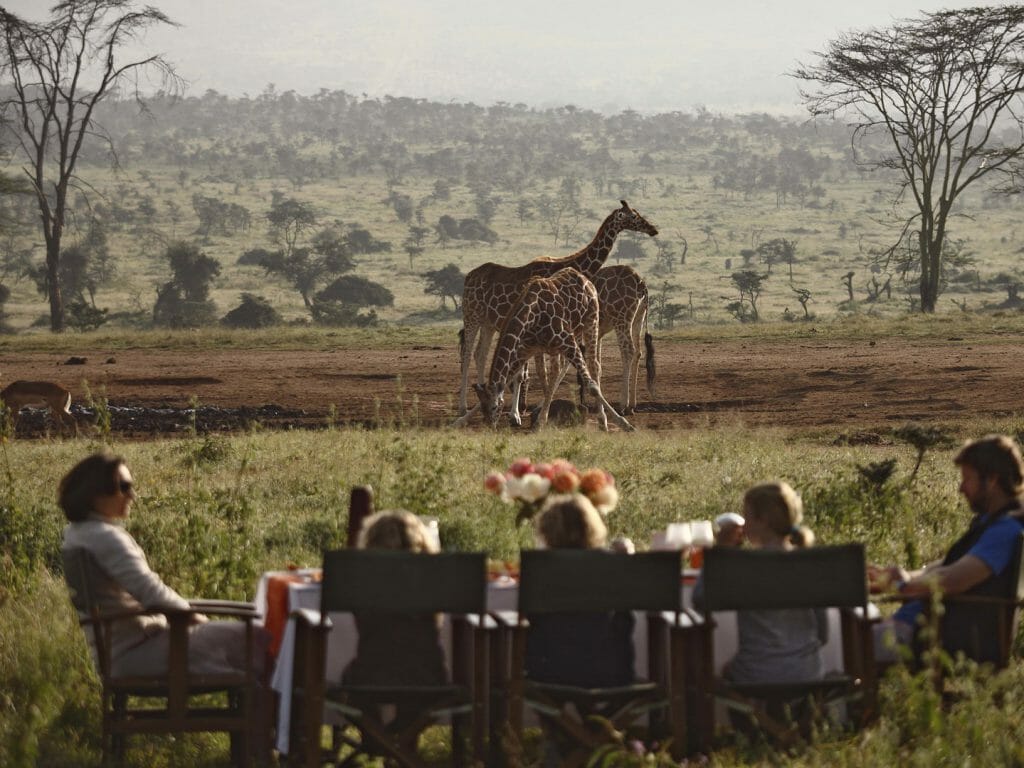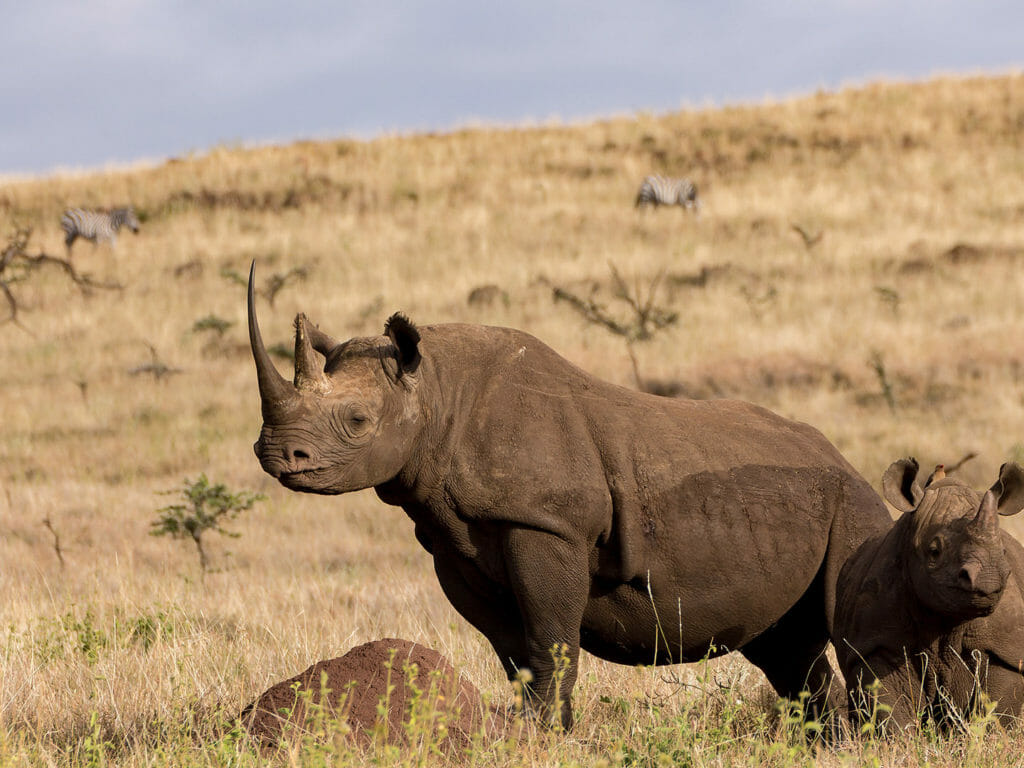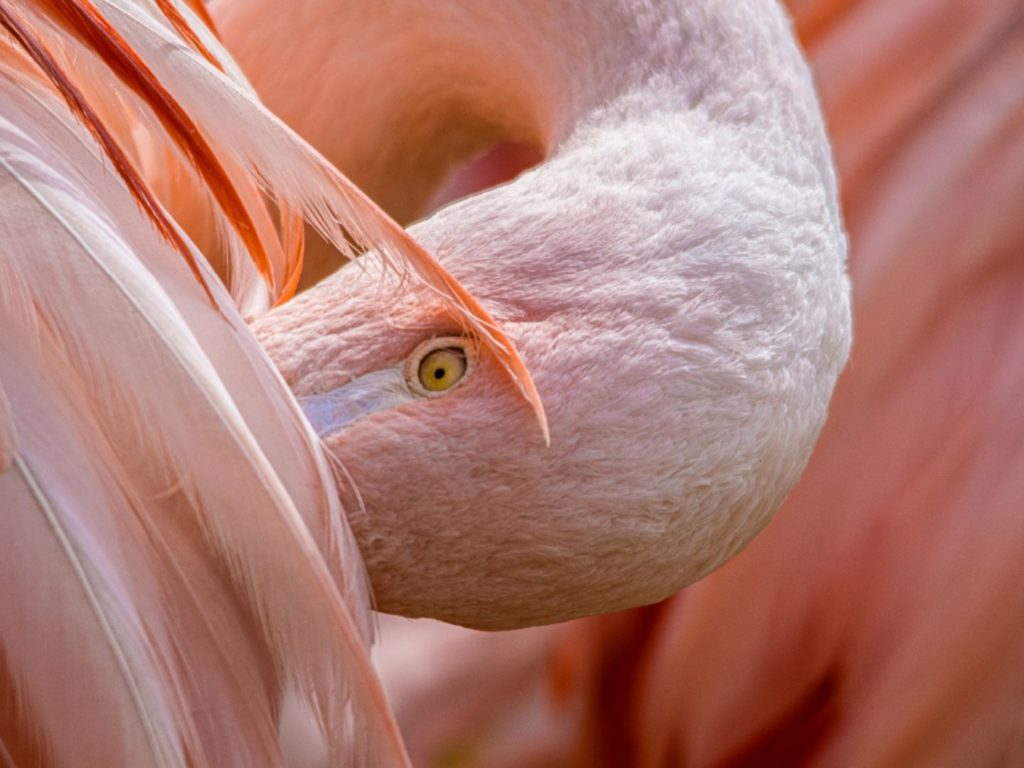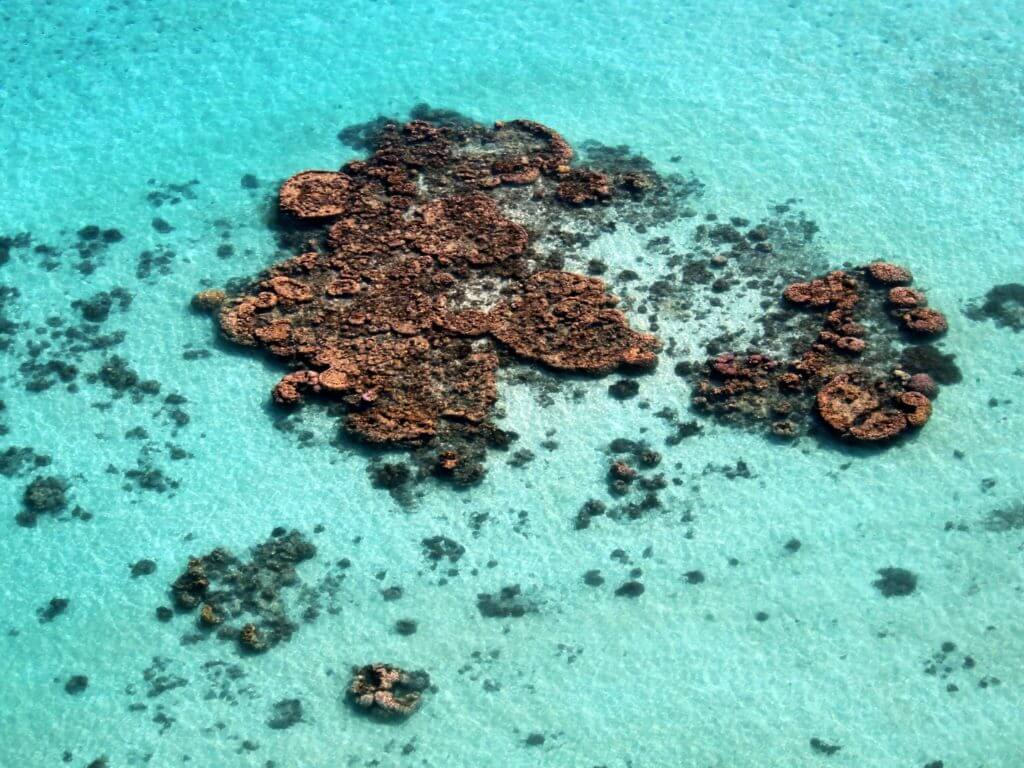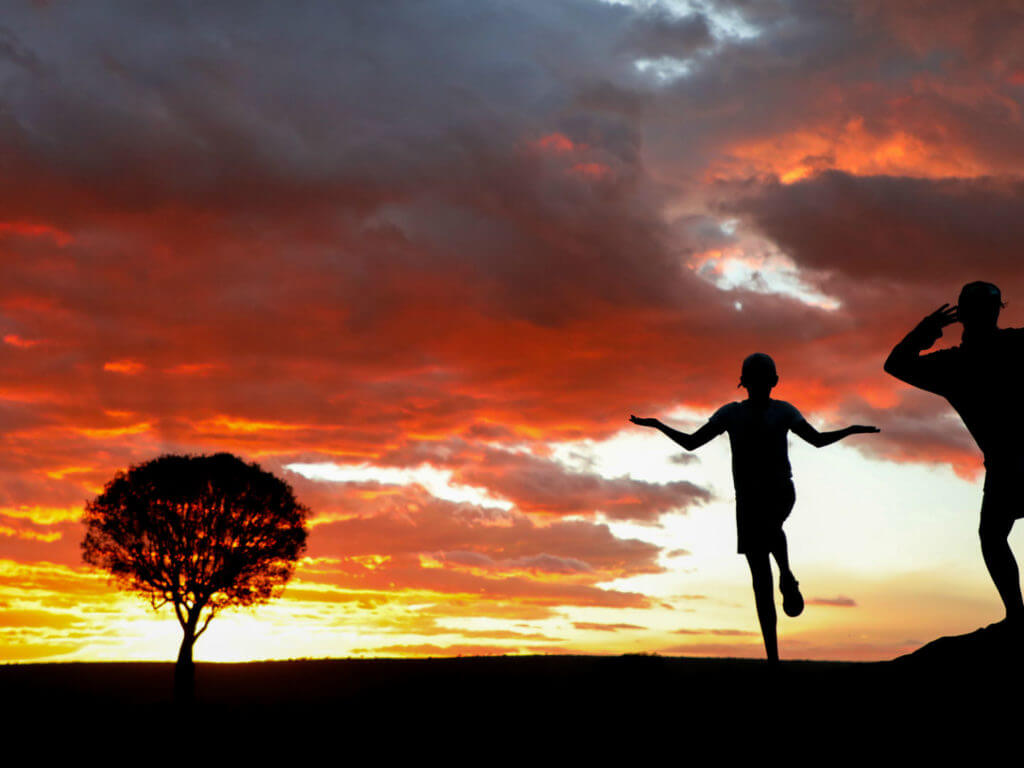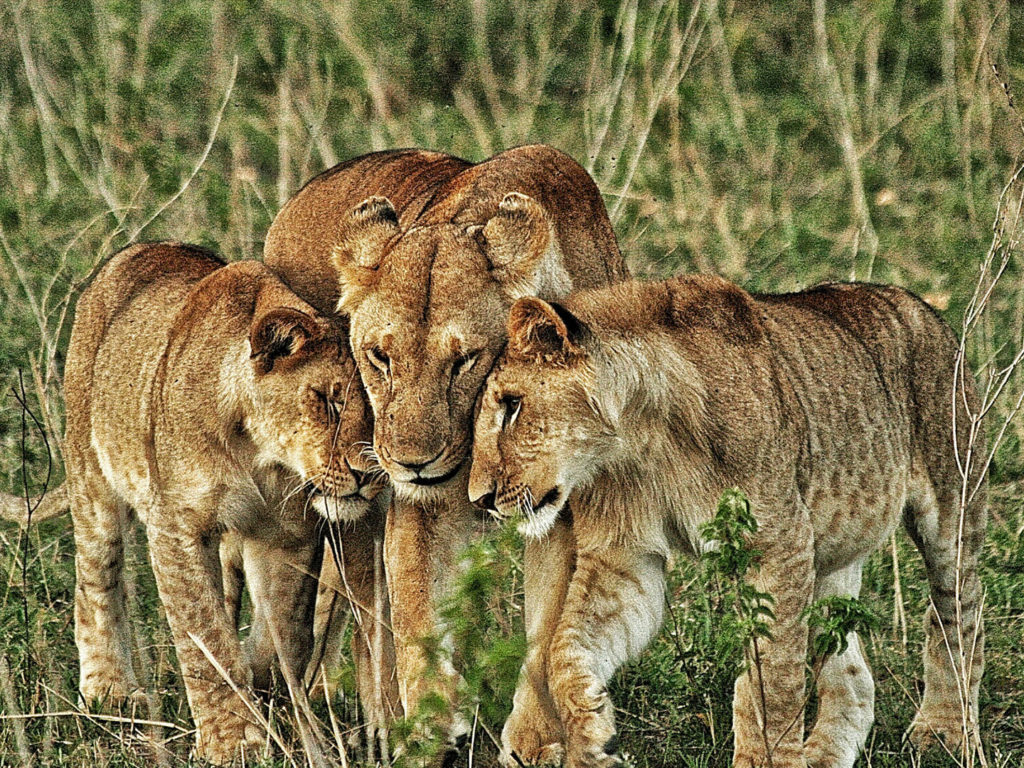*Migration 2012*
A little later than in recent years, the Great Migration of 2012 finally kicked off just over a week ago. Due to heavy rains in the Serengeti-Maraecosystem since early this year the Plains grass has been long and has hampered the progress of the wildebeest, delaying their arrival north into Kenya.
As of 17th July the herds have been making steady progress into Kenya, with the first reported arrival in the Mara of a group of around 10,000 Wildebeest. From the Sand River area isolated concentrations of Zebra and Wildebeest were observed congregating in the north of the Serengeti.
According to sightings in the area the current migrating herds have split into three distinct groups with one making its way up from Grumeti in the eastern Serengeti; another moving north from Bologonja (approximately 10 miles south of the Masai Mara in the northern Serengeti) towards the Sand River; and a third approaching from the eastern side of the Kuka Hills. This third group started trickling into the Mara on 17th July. On 20th July guests at Porini Lion Camp reported having seen several hundred wildebeest crossing the Mara River and on 24th July thousands of Wildebeest were seen crossing the Sand River between Sala’s Camp and the Mara River South Bridge, very likely part of the group which had been coming up from Bologonja – the action has most definitely started!
*How it works…*
The Great Wildebeest Migration, the longest and largest overland migration in the world and one of the “Seven Natural Wonders of Africa”, comprises around 1.5 million Wildebeest, 200,000 Zebra, 350,000 Thomson’s Gazelles and 12,000 Eland making an epic circular journey of approximately 2,000 miles in search of “greener pastures”.
The Migration is not a single occurrence; it is a never-ending cycle which begins for a Wildebeest with its birth and ends with its death. Wildebeest are born in a mass birthing (known as “calving”) which takes place during January and February on the plains near the Ngorongoro Crater and the Olduvai Gorge, in Tanzania, at the southernmost extent of the Wildebeests’ range. Nature has ensured that, to increase its chances of survival, a newborn Wildebeest calf is able to stand within 2-3 minutes of birth and run with the herd within about five minutes! It is believed, from recent fossil discoveries, that Wildebeest have been grazing the Serengeti for more than a million years.
Towards the end of the short Dry season, in March, the grass plains of the southern Serengeti start to dry out and the Wildebeest continue their journey, intuitively following the rains and fresh grasses first westwards towards the small, seasonal lake of Ndutu (Lagarja), and then northwest towards Lake Victoria. From here the herds gradually head north into the Masai Mara – and more of the life-or-death river crossings that prove such a draw for tourists from all over the world.
The Wildebeest converge at the Mara River in their thousands and gather on the plains and banks beside it, waiting to cross. The cacophony as they call to one another is unprecedented. Their numbers can grow for days at a time and observers will often wait in suspense beside the river, anticipation building, until – for no apparent reason – the Wildebeest turn from the river, as one, and move away! Eventually, however, the herds will select a crossing point (frequently more than one), and the intrepid journey to the opposite bank will begin. It is still not known what prompts them to turn back or to cross – or even where they will choose to cross in any given year.
Usually, the Wildebeest begin their journey south again by late October, when the first of the Short Rains reach the plains of the Serengeti, bringing fresh growth and brimming seasonal waterholes. Rutting having taken place in May and June, the majority of the cows will already be heavily pregnant – and so the cycle continues on in perpetuity.
To find out more about the holidays to see the migration in Kenya and where to stay, please call our Africa experts.


